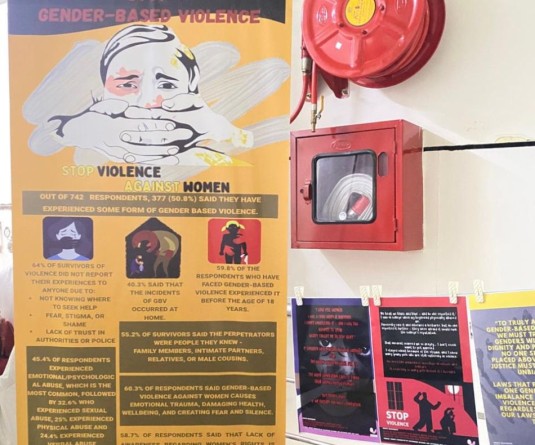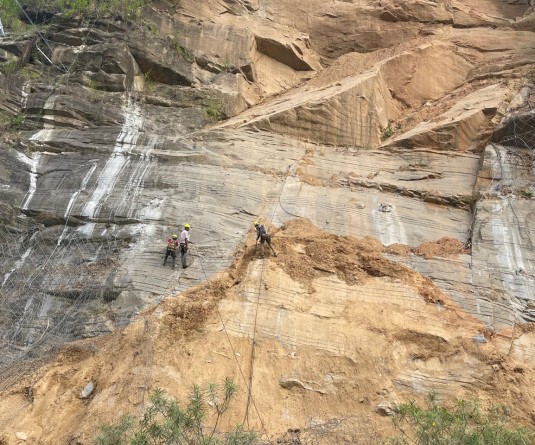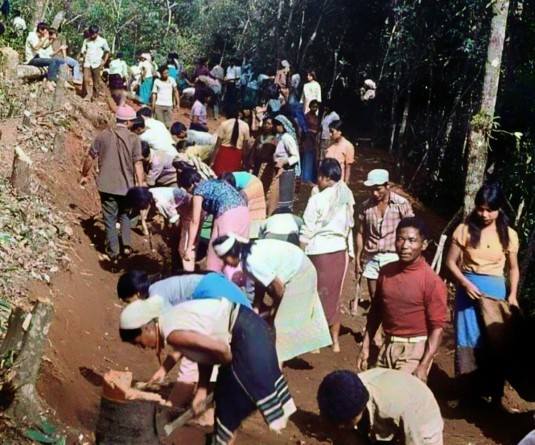
Morung Express News
Dimapur | March 6
A global collaboration of NGOs has stated that the Indian Government appears “conflicted between human rights and a narrowly commercial agenda,” when it comes to dealing with the rights of indigenous people over their land.
A report published last week by Oxfam, an international confederation of NGOs, acknowledged that India’s Forest Rights Act 2006, if fully implemented, could transform India, where around half of rural households depend on community or common lands for part of their livelihoods.
It viewed that the Forest Rights Act, if fully implemented, “could enshrine control for 150 million men and women over up to half of the country’s forests, which are concentrated in India’s most impoverished areas... It would be the largest ever land reform in India and among the largest in the world.”
The report cited how after a 10-year struggle, the London-based metal giant Vedanta gave up its battle to mine bauxite valued at $2 billion, which lay beneath the sacred territory of the Dongria Kondh indigenous people in eastern India.
“The company had failed to consult the people, who blockaded roads and rail lines and brought the project to a halt. In 2013, India’s Supreme Court ruled that mining contravened the country’s Forest Rights Act, the government withdrew the company’s right of access to the land, investors pulled out and the company’s credit rating plunged.”
It further said that in the Kandhamal district of Odisha, officials collaborating with the NGO Vasundhara have developed mapping processes to help communities claim their forests. The test case was Loyendi. There, the Kondh tribe had been attempting to reclaim forests where they had legally cut bamboo until the state took the land 50 years ago and gave bamboo rights to local paper mills.
Under India’s 2006 Forest Rights Act, forests became a community rather than a state asset. Villages with forest dwellers – about a quarter of all villages – are now entitled to a legally enforceable community forest, and access to government funds for forest management. Nobody can take land from communities in tribal areas without their approval. Affirming the law’s interpretation in 2013, India’s Supreme Court called the rights an ‘imperishable endowment’.
While implementation of the law has been done in some areas, the report lamented that the government has also announced plans to privatize large parts of its forest estate. “And even a decade after the law came into force, many state administrations tasked with organizing the handover are stonewalling the process,” it stated.
It noted that around half of rural households in India derive part of their income from resources on common or state lands often officially categorized as wastelands. For example, it cited how millions of rural Indians live by harvesting wild bamboo. “Community lands may also have huge value for tourism. But national statistics rarely capture this,” it added.
The report titled ‘Common Ground’ informed that up to 2.5 billion people depend on indigenous and community lands, which make up over 50 percent of the land on the planet.
However, it pointed out that they legally own only one-fifth of the land. The remaining five billion hectares remain unprotected and vulnerable to land grabs from more powerful entities like governments and corporations.
It said that there is growing evidence of the vital role played by full legal ownership of land by indigenous peoples and local communities in preserving cultural diversity and in combating poverty and hunger, political instability and climate change.
The importance of protecting and expanding indigenous and community ownership of land, it said, has been a key element in the negotiations of the Sustainable Development Goals and the Paris Agreement on climate change, and is central to their successful implementation.
The report launched a ‘Global Call to Action on Indigenous and Community Land Rights,’ backed by more than 300 organizations all over the world. “It is a manifesto of solidarity with the ongoing struggles of indigenous peoples and local communities seeking to secure their land rights once and for all,” the report said.
The report was a product of wide collaboration of various nongovernmental organisations including Land Rights Now, International Land Coalition, OXFAM, and the Rights and Resources Initiative.






